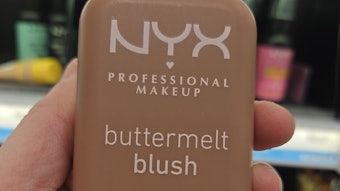Tony O’Lenick asks: What is the difference between an oil and a butter? Carter LaVay, president of Zenitech, offers his insight.
Natural oils are liquid at RT. Butters are a class of materials that have a melting point between 20-40.5oC. Below 20oC, the products are classified as oils, and those having a melting point over 40.5oC are fats. There are many cosmetic products in which butters are highly desirable. Some natural products are butters and have the proper melting point. These include shea and coco butter.
Cosmetic chemists are always in search of new butters that contribute cosmetic properties to formulations. Many natural oils are liquid at room temperature because they contain unsaturation (double bonds). Nature produces a plethora of C18 unsaturated oils, including soybean, safflower, olive and many others. One method of making butters from unsaturated triglycerides is to react the double bonds with hydrogen in a process called hydrogenation--converting the double bond into a single bond (saturated compound).
The fully hydrogenated product is a hard solid; thus, making butters requires partial hydrogenation. Partial hydrogenation of soybean oil results in a waxy butter. Partial hydrogenation can result in formation of trans esters, due to the presence of the hydrogenation catalyst.
Another more recent method of making butters is to convert the liquid triglyceride into an ester. Proper selection of the alcohol used to trans-esterify the triglyceride can result in butters. This approach causes the product to be converted into a low-melting wax, which has desirable cosmetic attributes, without producing trans esters. This type of butter is receiving more and more attention in new formulations and should be carefully considered by the formulation chemist.










